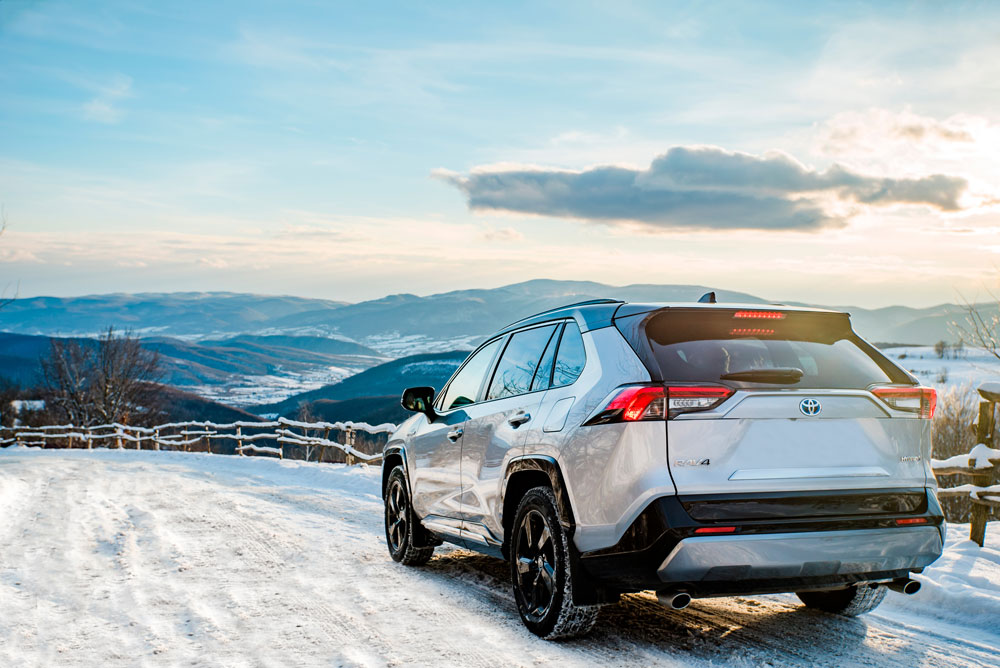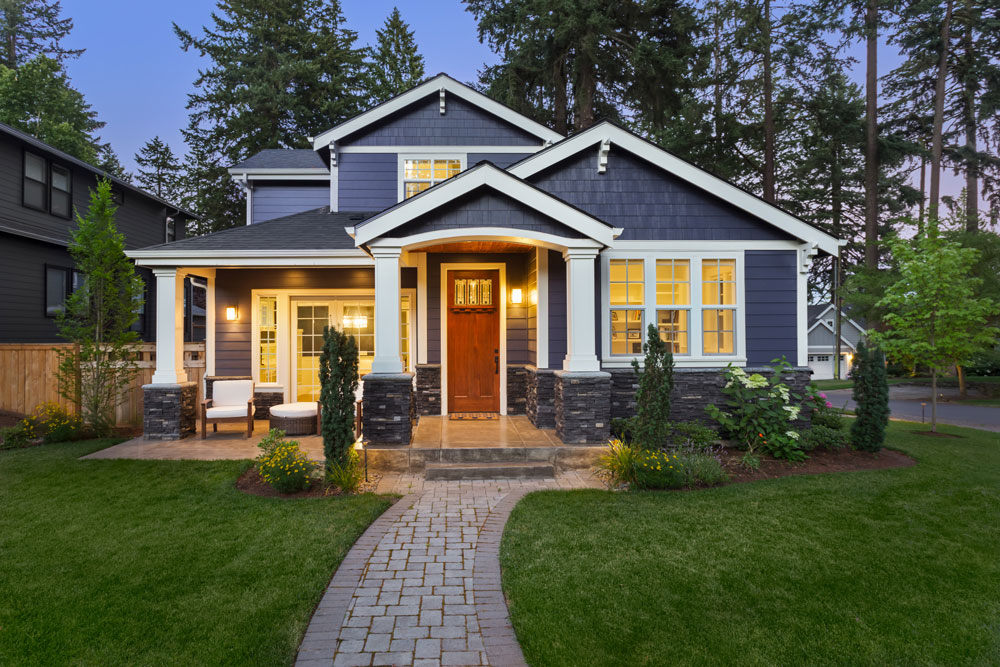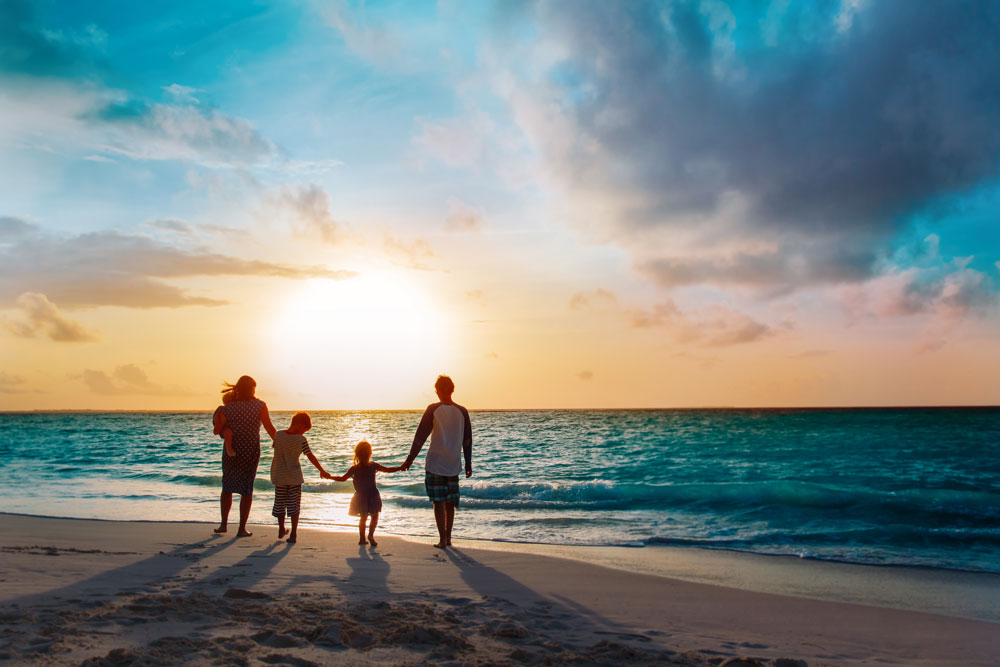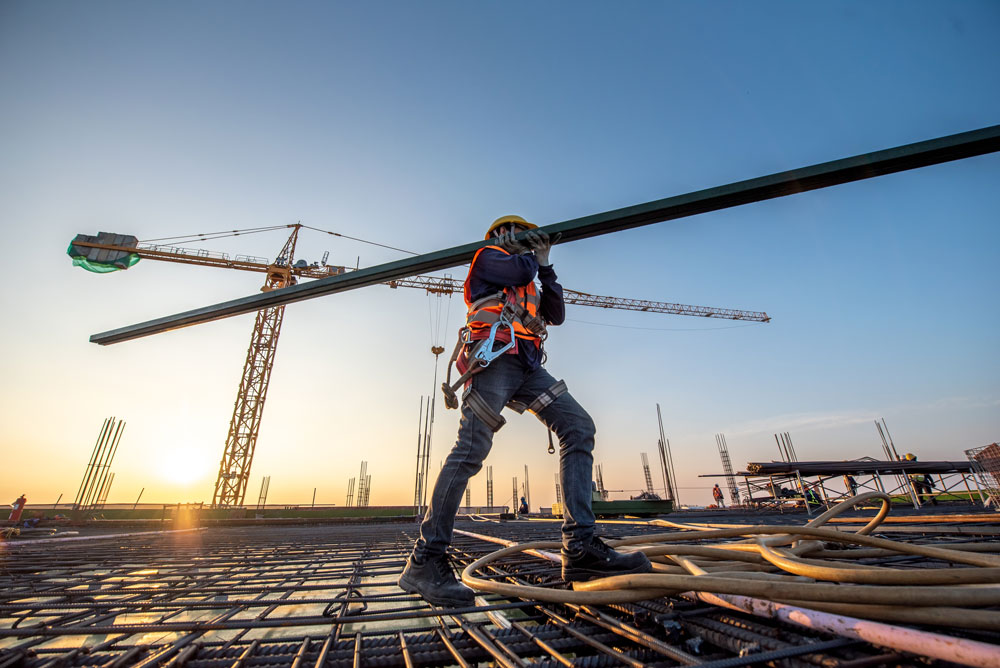
Wildfire Preparedness in BC: What Every Homeowner Needs to Know
Practical steps, insurance tips, and resources every homeowner should know to reduce wildfire risk!
In British Columbia, wildfires are no longer a distant concern—they’re an increasing reality. From the dry grasslands of the Interior to forested neighbourhoods on Vancouver Island, many communities across the province face growing wildfire risk each summer.
For homeowners, the question is no longer if a wildfire might strike close to home—but when. Fortunately, you don’t need to be at the mercy of flames and embers. By understanding how wildfires spread and taking steps to reduce your property’s vulnerability, you can significantly increase your home’s resilience. And as insurance brokers, we’re here to help you protect what matters—before, during, and after the fire.
This guide will walk you through:
- How wildfires threaten homes
- The concept of the Home Ignition Zone
- Practical actions to reduce your wildfire risk
- How your home insurance responds to wildfire damage Resources and tools to help you stay prepared
Let’s dive in.
UNDERSTANDING THE WILDFIRE THREAT IN BC
British Columbia is one of Canada’s most wildfire-prone provinces. The combination of dry summers, lightning strikes, human activity, and densely forested areas creates the perfect storm for fire outbreaks. In recent years, we’ve seen entire communities like Lytton and Kelowna face devastating losses.
But what’s changed?
More homes are being built in wildfire danger zones- right where forests meet neighbourhoods. These areas are surrounded by natural vegetation, making them highly vulnerable to fast-spreading fires.
Did you know?
It’s not the flames that destroy most home…
It’s the embers!
FireSmart Canada reports that up to 90% of homes are lost when the wind-blown embers ignite vulnerable areas like: Wood decks, Roofs and Dry Brush
That’s why prevention starts at home—literally.
What Is the Home Ignition Zone?

The Home Ignition Zone (HIZ) is a concept developed by wildfire researchers and embraced by FireSmart BC. It divides your property into three zones, each requiring different levels of attention to reduce ignition risk:
Immediate Zone (0 to 1.5 metres from a structure or home)
This is the most critical area to defend. Ember-resistant construction and vegetation clearance here can make or break a home’s survival.
- Tips for this zone:
- Remove all flammable materials (firewood, furniture, mats) from around your home.
- Use non-combustible siding and roofing whenever possible. Install metal screens over vents and soffits to keep embers out.
Intermediate Zone (1.5 to 10 metres from a structure or home)
This includes your yard, garden, and any outbuildings.
- Tips for this zone:
- Keep grass trimmed to under 10 cm.
- Space out shrubs and trees to prevent fire from climbing (ladder fuels).
- Store propane tanks at least 10 metres away from structures.
Extended Zone (10 to 30 metres from a structure or home)
In larger properties, this includes forest edges, driveways, or neighbouring lots.
- Tips for this zone:
- Prune tree branches 2+ metres from the ground. Clear deadfall and wood debris.
- Work with neighbours to manage shared forest edges.
HOW TO MAKE YOUR HOME WILDFIRE- RESISTANT: STEP-BY-STEP
You don’t need to fireproof your property overnight. The most effective strategy is to chip away at improvements over time. Here are key areas to prioritize:
UPGRADE BUILDING MATERIALS
- Use Class A fire-rated roofing like asphalt shingles, metal, or tile.
- Replace wooden sliding with fiber cement or stucco.
- Install ember-resistant vents and eavestroughs.
LANDSCAPING WITH FIRE IN MIND
- Choose fire-resistant plants like lilac, dogwood, or deciduous trees.
- Avoid resinous plants like cedars or junipers near your home.
- Create a fuel break using gravel, pavers, or bare soil borders.
MAINTENANCE IS EVERYTHING
- Clean gutters regularly to remove pine needles and leaves.
- Keep the roof and decks free of debris.
- Ensure your lawn is hydrated and green during fire season.
EMBER-PROOF THE SMALL THINGS
- Close gaps under stairs and decks.
- Screen chimney openings and roof vents.
- Replace plastic soffits with metal mesh.
What’s Typically Covered?
Most standard home insurance policies in BC include wildfire coverage under the “fire” peril. This means:
- Damage to your home and detached structures (like garages or sheds)
- Personal belongings
- Additional living expenses if you’re forced to evacuate or your home is uninhabitable
What May Not Be Covered?
- If your home is vacant or under construction, special terms may apply.
- Some older policies may lack the replacement cost value you need to rebuild today.
- Property related to business operations
Even with the best prevention, you can’t eliminate all risk. That’s where your home insurance comes in—but not all policies are created equal.
Tip: Talk to your broker (that’s us!) about making sure your limits are up to date, especially with the rising cost of materials and labour.
Tools and Resources to Help You Prepare
There are several excellent resources available to BC homeowners:
FireSmart BC
The official hub for wildfire preparedness in BC. Includes:
- Homeowner’s Manual
- Landscaping guides
- Online self-assessment toolsFireSmart Begins at Home App
FireSmart Begins at Home App
An interactive app to walk you through a personalized wildfire risk assessment.
Local FireSmart Programs
Many municipalities (including Kelowna, Langford, and the Fraser Valley) offer:
- Free home assessments
- Community clean-up days
- Grant funding for mitigation projects
Final Thoughts: Be Ready Before the Flames Arrive
We can’t prevent every wildfire—but we can be smarter and better prepared for when they do happen. At Schill Insurance, we believe in proactive risk management. That means working with our clients not just after a claim, but before disaster strikes.
Here’s what you can do today:
- Walk around your property and identify your ignition zones.
- Start with the low-cost, high-impact changes—like moving firewood or clearing your gutters.
- Reach out to us to review your policy and make sure you’re properly covered.
- Talk to your neighbours. Community-wide FireSmart efforts are the most effective of all.
Let’s work together to make your home—and your community—safer.
Need help reviewing your wildfire coverage or getting started with FireSmart upgrades?
Our team is here to answer your questions and help you make informed decisions.
[Contact us today] or book a policy review with your broker.
POPULAR POSTS
-
 June 30, 2025Wildfire Preparedness in BC: What Every Homeowner Needs to Know
June 30, 2025Wildfire Preparedness in BC: What Every Homeowner Needs to Know



















